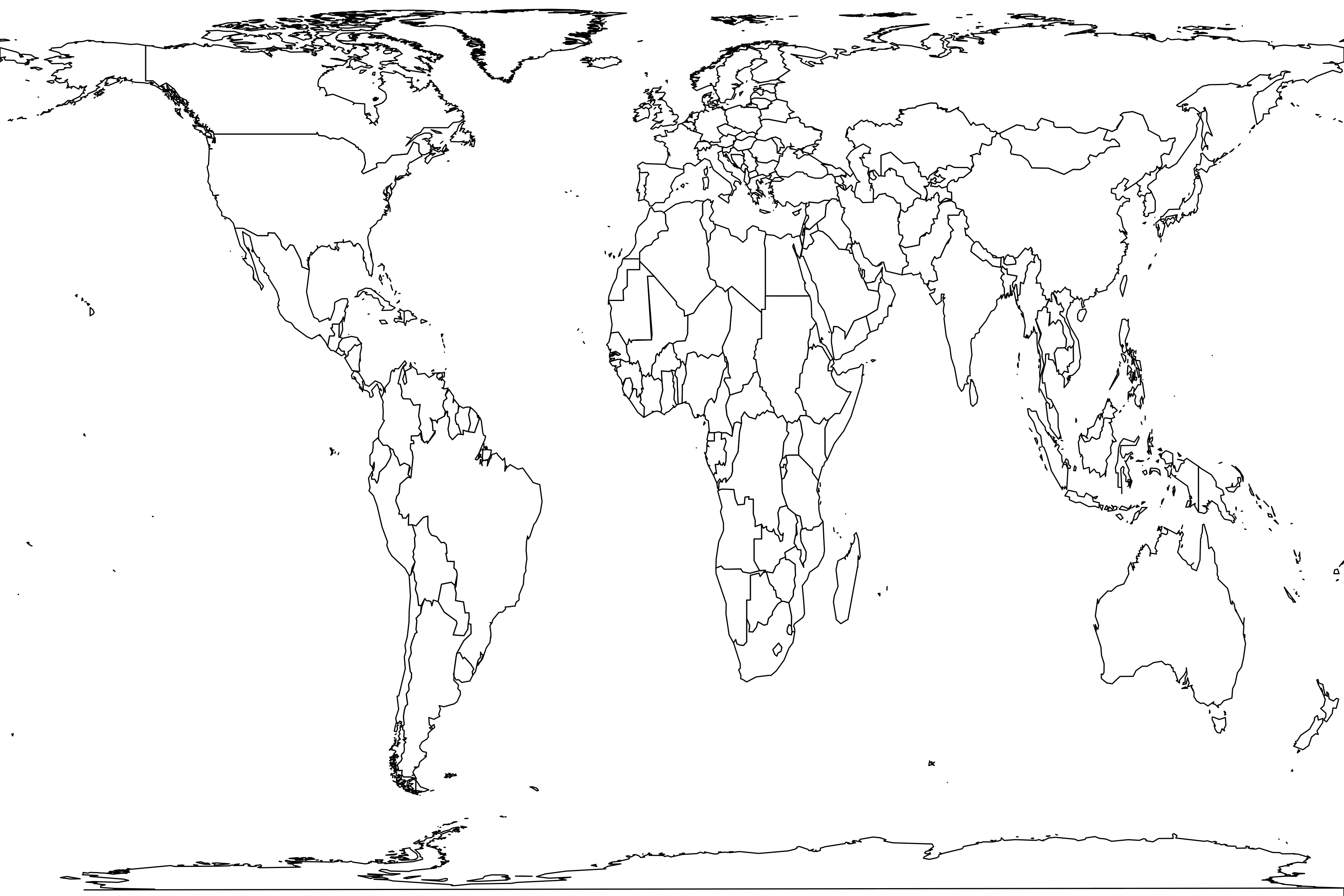Barranc de la Boella (El Forn 1)
Basic information
Sample name: Barranc de la Boella (El Forn 1)
Sample aka: BB (EF1)
Reference: A. Pineda, P. Saladie, R. Huguet, I. Caceres, A. Rosas, A. Estalrrich, A. Garcia-Tabernero, and J. Vallverdu. 2017. Changing competition dynamics among predators at the late Early Pleistocene site Barranc de la Boella (Tarragona, Spain). Palaeogeography, Palaeoclimatology, Palaeoecology 477:10-26 [ER 3899]
Geography
Country: Spain
State: Catalonia
County: Tarragones
Coordinate: 41.136051° N, 1.169809° E
Coordinate basis: estimated from map
Time interval: Early Pleistocene
Section: Unit III
Unit number: 1
Unit order: above to below
Max Ma: 0.96
Min Ma: 0.781
Age basis: paleomag
Geography comments: Barranc de la Boella is located 6 km from the Mediterranean coast in a ravine in the town of la Canonja (Tarragona)
EF1 is near the base of Unit III of El Forn, located above EF2 (Unit II)
Unit III was dated using palaeomagnetism and cosmogenic nuclides dates
EF1 is near the base of Unit III of El Forn, located above EF2 (Unit II)
Unit III was dated using palaeomagnetism and cosmogenic nuclides dates
Environment
Lithology: mudstone
Taphonomic context: fluvial deposit
Archaeology: stone tools
Habitat comments: Barranc de la Boella formed in a "fluvio-deltaic sedimentary environment"
The sites are located in "fluvial and debris flow" deposits
"Unit III consists of massive mud"
29.2% of EF1 remains are abraded (mostly stage 1), indicating limited exposure to low-intensity water flows, however, EF1 has the highest percentage of abraded elements and 10.3% above Stage 1
Low levels of weathering (30.4%) are seen in EF1, mostly associated with dry fractures (75.5%)
Stage 1 weathering was predominant in EF1 indicating short exposure and low degree of destruction
Percussion pits and lithic artifacts were found at EF1 indicating some level of hominin presence
Carnivore tooth marks are present on 4.5% of EF1 remains
The sites are located in "fluvial and debris flow" deposits
"Unit III consists of massive mud"
29.2% of EF1 remains are abraded (mostly stage 1), indicating limited exposure to low-intensity water flows, however, EF1 has the highest percentage of abraded elements and 10.3% above Stage 1
Low levels of weathering (30.4%) are seen in EF1, mostly associated with dry fractures (75.5%)
Stage 1 weathering was predominant in EF1 indicating short exposure and low degree of destruction
Percussion pits and lithic artifacts were found at EF1 indicating some level of hominin presence
Carnivore tooth marks are present on 4.5% of EF1 remains
Methods
Life forms: ungulates,birds
Sampling methods: quarry
Sample size: 60 specimens
Sampling comments: 177 faunal remains were identified at EF1
Counts excluded:
Cervidae indet - Medium/small sized - 16
Counts excluded:
Cervidae indet - Medium/small sized - 16
Metadata
Sample number: 4285
Contributor: Jack Nesbitt
Enterer: Jack Nesbitt
Created: 2023-05-30 14:21:48
Modified: 2023-05-31 00:38:31
Abundance distribution
8 species
3 singletons
total count 60
geometric series index: 16.7
Fisher's α: 2.479
geometric series k: 0.6123
Hurlbert's PIE: 0.6379
Shannon's H: 1.3469
Good's u: 0.9506
Each square represents a species. Square sizes are proportional to counts.
• Find matching samples
Register
| †Hippopotamus antiquus | 1 | |
| †Stephanorhinus hundsheimensis | 2 | |
| Cervus elaphus | 4 | 142 kg browser-grazer |
| †Dama cf. vallonetensis | 17 | |
| †Megaloceros savini | 3 | |
| Equus sp. | 31 | |
| Sus sp. | 1 | |
| Aves indet. | 1 |


